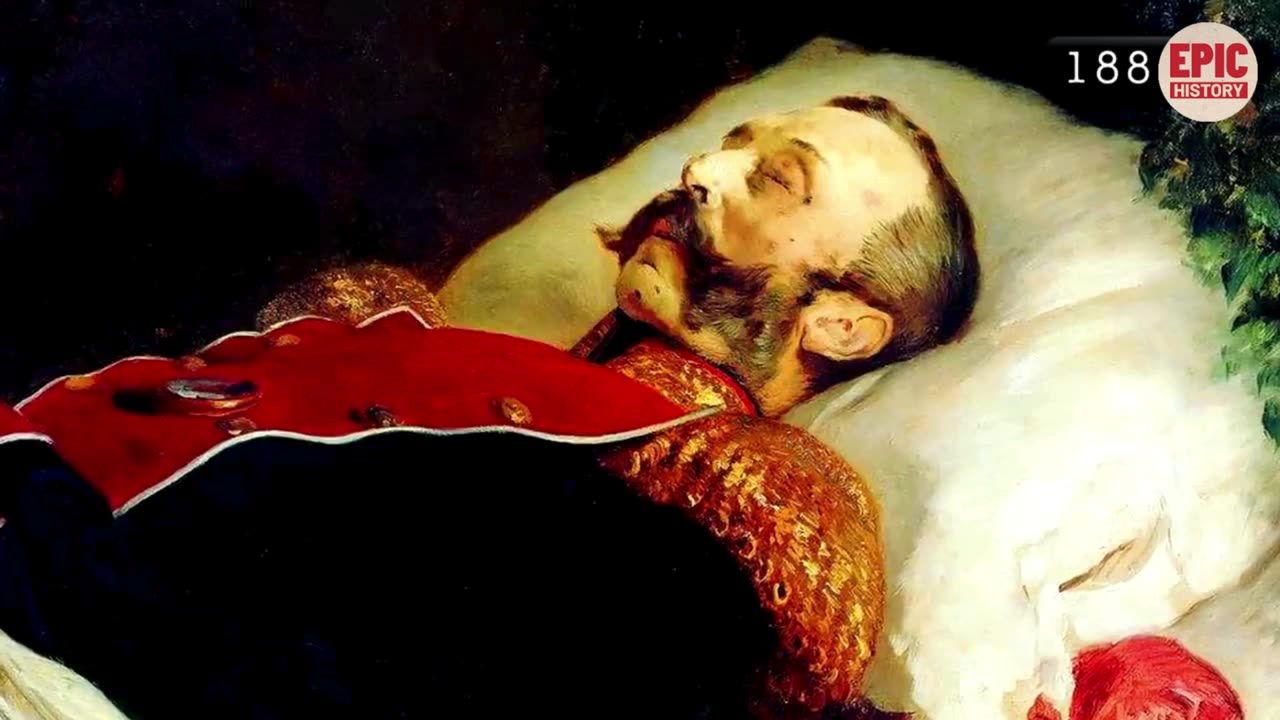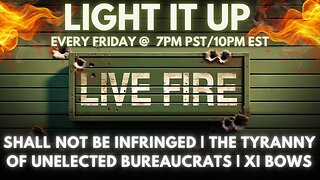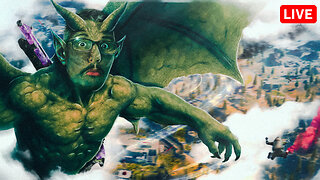Premium Only Content

History of Russia Part 4: 'What Is to Be Done?'
The History of Russia continues with the accession of Emperor Nicholas I in 1825, who survives the Decembrist Revolt to adopt a doctrine of 'Orthodoxy, Autocracy, and Nationality'. Russia is victorious against Persia (1828) and the Ottoman Empire (1829), and crushes the November Uprising in Poland (1830).
In 1837 Russia's greatest poet Alexander Pushkin is killed in a duel. In 1851 Russia's first major railway opens, connecting Moscow and St.Petersburg, and one year later 'father of Russian socilaism' Alexander Herzen emigrates to London.
In 1853 Russia defeats the Ottoman navy at the Battle of Sinop, but Britain and France then declare war on Russia to prevent it making further gains at Ottoman expense. They besiege the Crimean naval base at Sevastopol and blockade St.Petersburg, forcing Russia to sign a humiliating peace.
Alexander II succeeds his father, and decides urgent reform is required in Russia. In 1861 he abolishes serfdom. This wins him the title 'The Liberator', but serfs still struggle with poverty and debt.
The Russians put down another Polish revolt in 1861, victoriously conclude the long Caucasian War in 1864, and make big gains in Central Asia. This brings them into conflict with the British Empire. Both sides become entangled in 'The Great Game', using spies and diplomats to undermine each other's position in the region.
In 1867 Russia sells Alaska to America for $7.2 million (a tiny fraction of its worth), and two years later Leo Tolstoy publishes War and Peace. Russia then defeats the Ottoman Empire in the Russo-Turkish War of 1877-78, and helps secure independence for Romania, Serbia, Montenegro and Bulgaria.
But radicals within Russia, who suffer severe persecution, are furious at the lack of reform from Alexander II. A terrorist group, 'The People's Will', after several failed attempts, finally succeeds in assassinating the Emperor in 1881.
-
 3:23:12
3:23:12
I_Came_With_Fire_Podcast
14 hours agoSHALL NOT BE INFRINGED| THE TYRANNY OF UNELECTED BUREAUCRATS | XI BOWS
29K4 -
 4:19:36
4:19:36
SynthTrax & DJ Cheezus Livestreams
15 hours agoFriday Night Synthwave 80s 90s Electronica and more DJ MIX Livestream THE GREAT EDO WARS OF 2067 Edition
55.9K4 -
 4:45:15
4:45:15
RalliedLIVE
6 hours ago $1.24 earnedWarzone Domination w/ Ral
40.8K -
 1:10:17
1:10:17
Sarah Westall
8 hours agoWorld Leaders Increasingly Display Panic Behavior as Economic Change Accelerates w/ Andy Schectman
64.8K12 -
 59:54
59:54
Motherland Casino
5 hours ago $0.95 earnedScar x Ayanna
23K5 -
 41:57
41:57
BonginoReport
10 hours agoProtecting Kids From WOKE Ideology in School (Ep. 35) - Nightly Scroll with Hayley Caronia -04/25/25
113K44 -
 LIVE
LIVE
SpartakusLIVE
7 hours agoFriday Night HYPE w/ #1 All-American Solo NUKE Hero
138 watching -
 1:24:15
1:24:15
crystalkittn
4 hours agohappy friday lets get littt✨ !motherland
9.45K3 -
 1:15:07
1:15:07
Kim Iversen
1 day agoThe Left Is Dead — What And Who Will Rise From the Ashes?
101K79 -
 2:06:17
2:06:17
Joker Effect
5 hours agoYOU DON'T UNDERSTAND FREEDOM OF SPEECH IF THIS MAKES YOU MAD!
13.5K